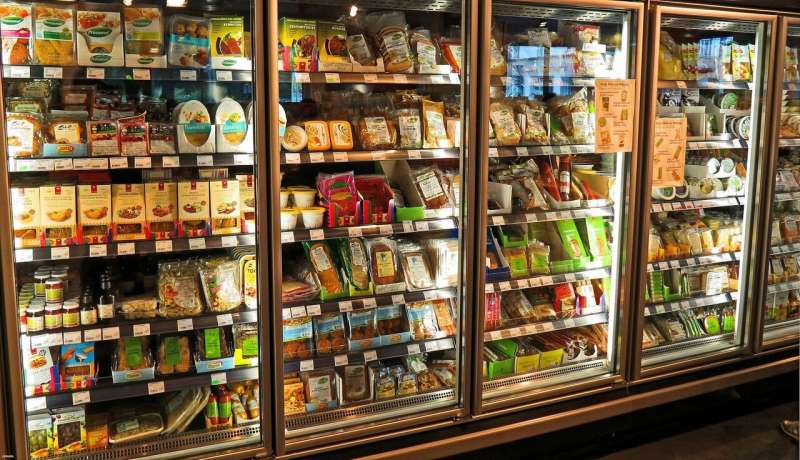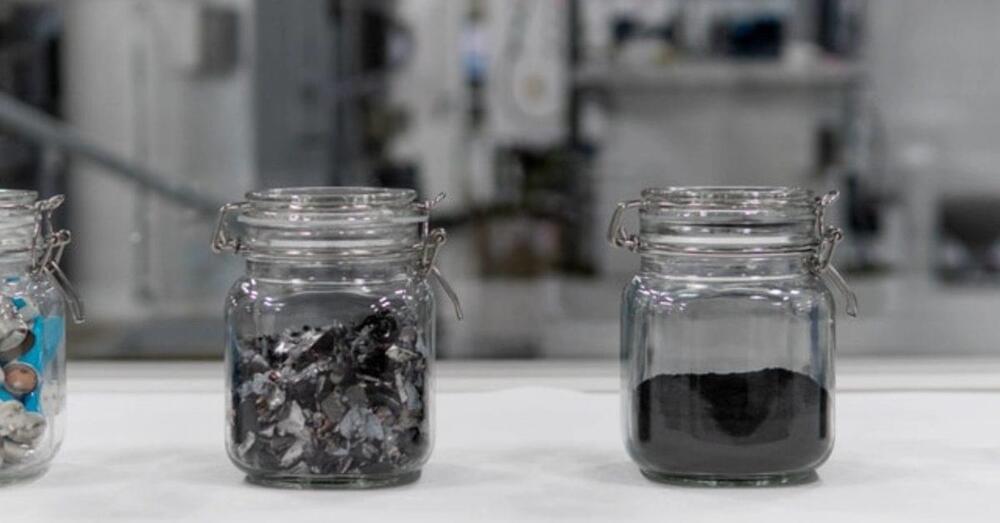Elon Musk’s revolutionary company Neuralink plans to insert Computer Chips into peoples brains but what if there’s a safer and even more performant way of merging humans and machines in the future?
Enter DARPAs plan to help the emergence of non-invasive brain computer interfaces which led to the organization Battelle to create a kind of Neural Dust to interface with our brains that might be the first step to having Nanobots inside of the human body in the future.
How will Neuralink deal with that potential rival with this cutting edge technology? Its possibilities in Fulldive Virtual Reality Games, Medical Applications, merging humans with artificial intelligence and its potential to scale all around the world are enormous.
If you enjoyed this video, please consider rating this video and subscribing to our channel for more frequent uploads. Thank you! smile
–
#neuralink #ai #elonmusk.
–
Credits:
https://www.youtube.com/watch?v=PhzDIABahyc.
https://www.bensound.com/





